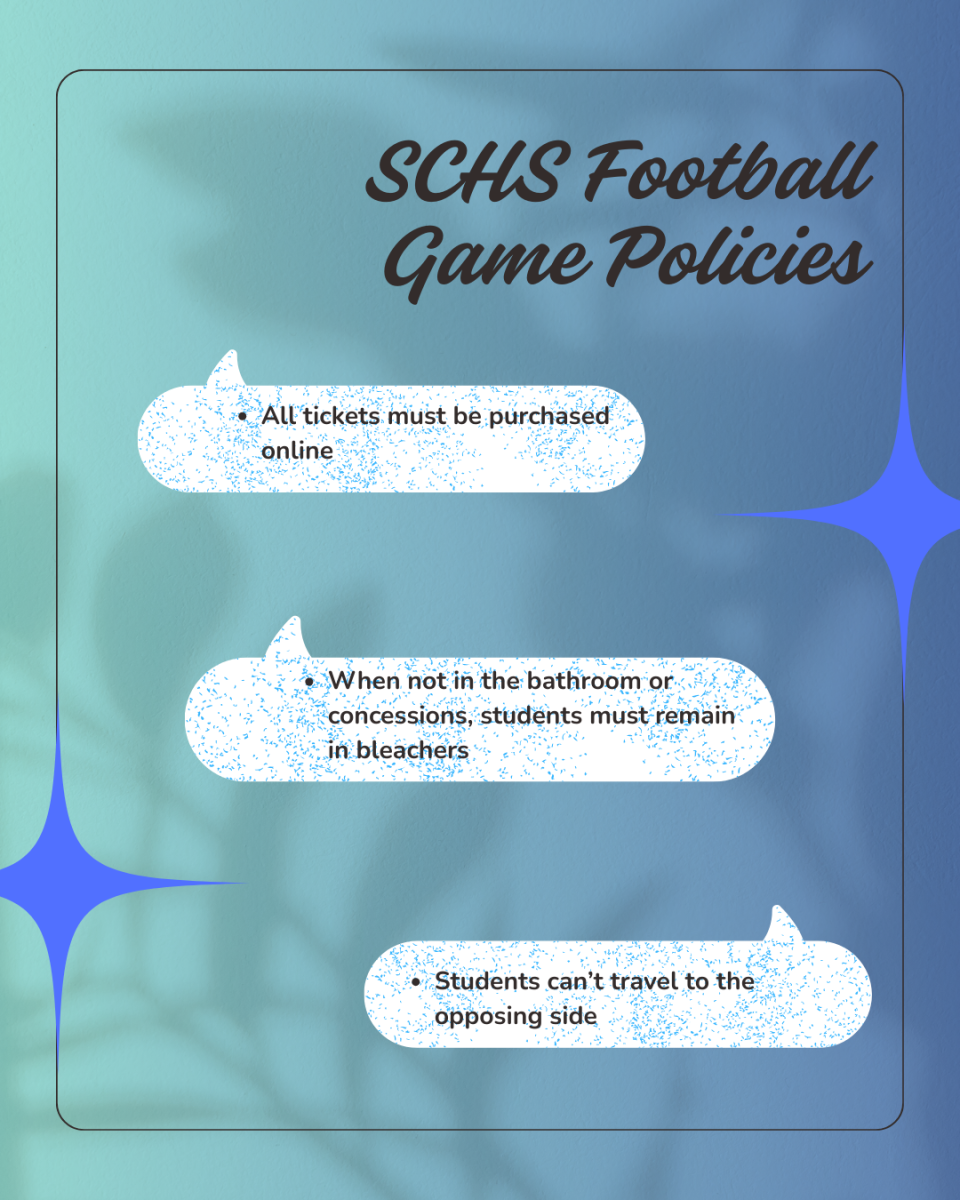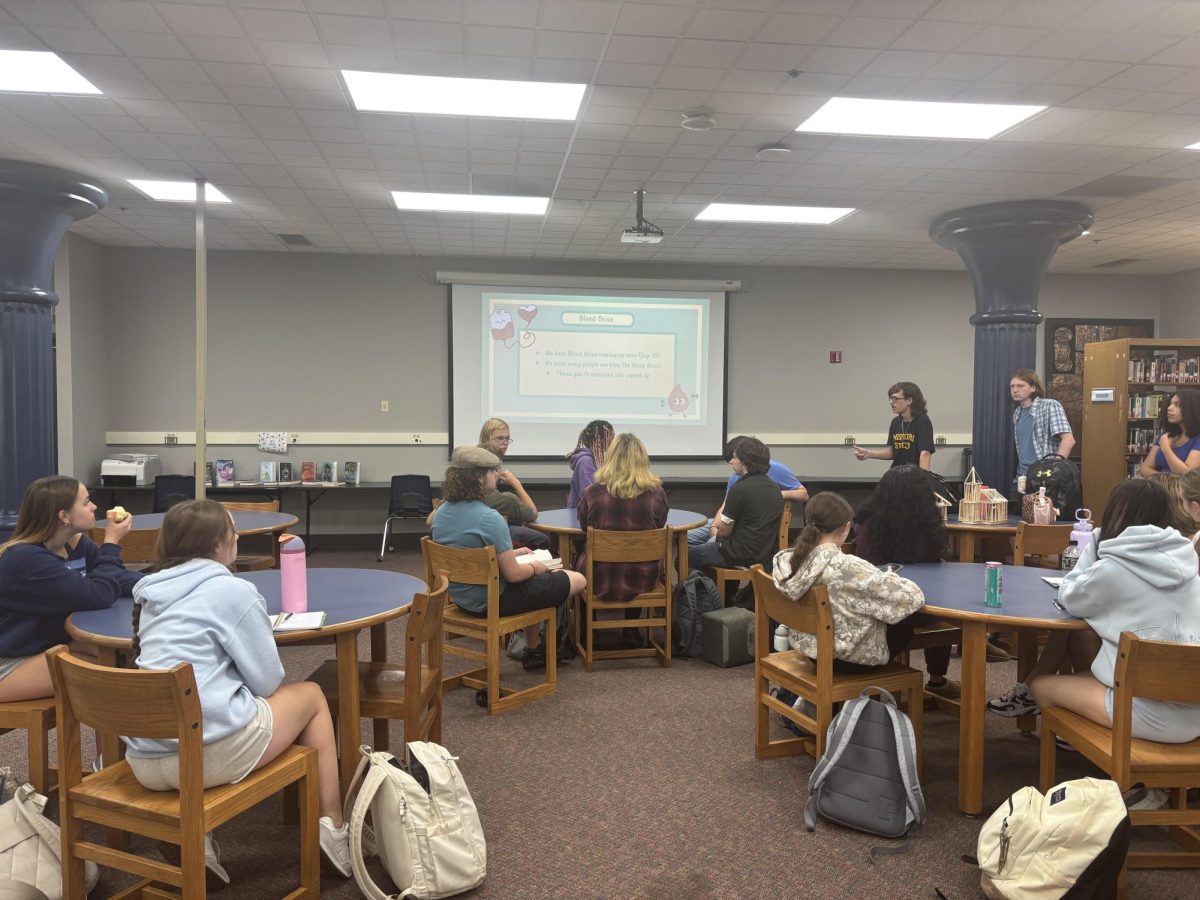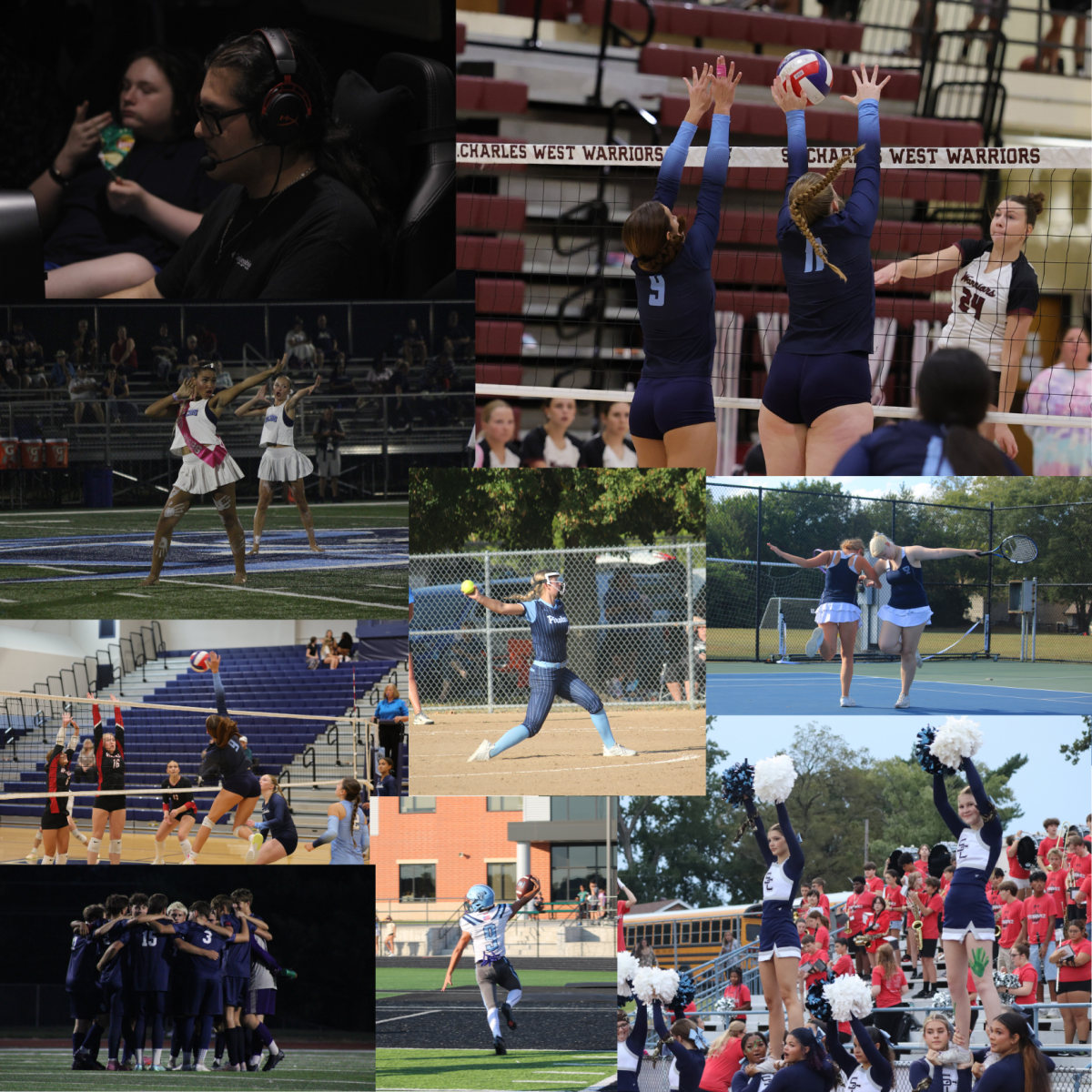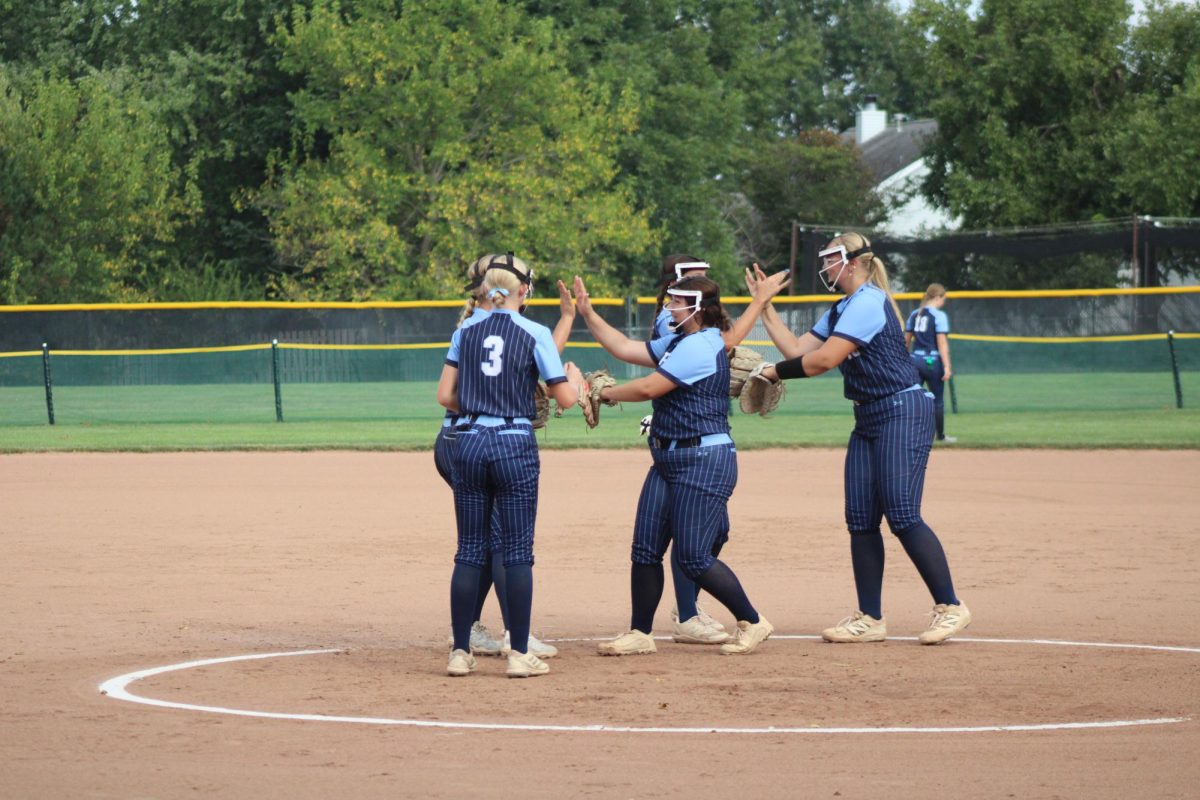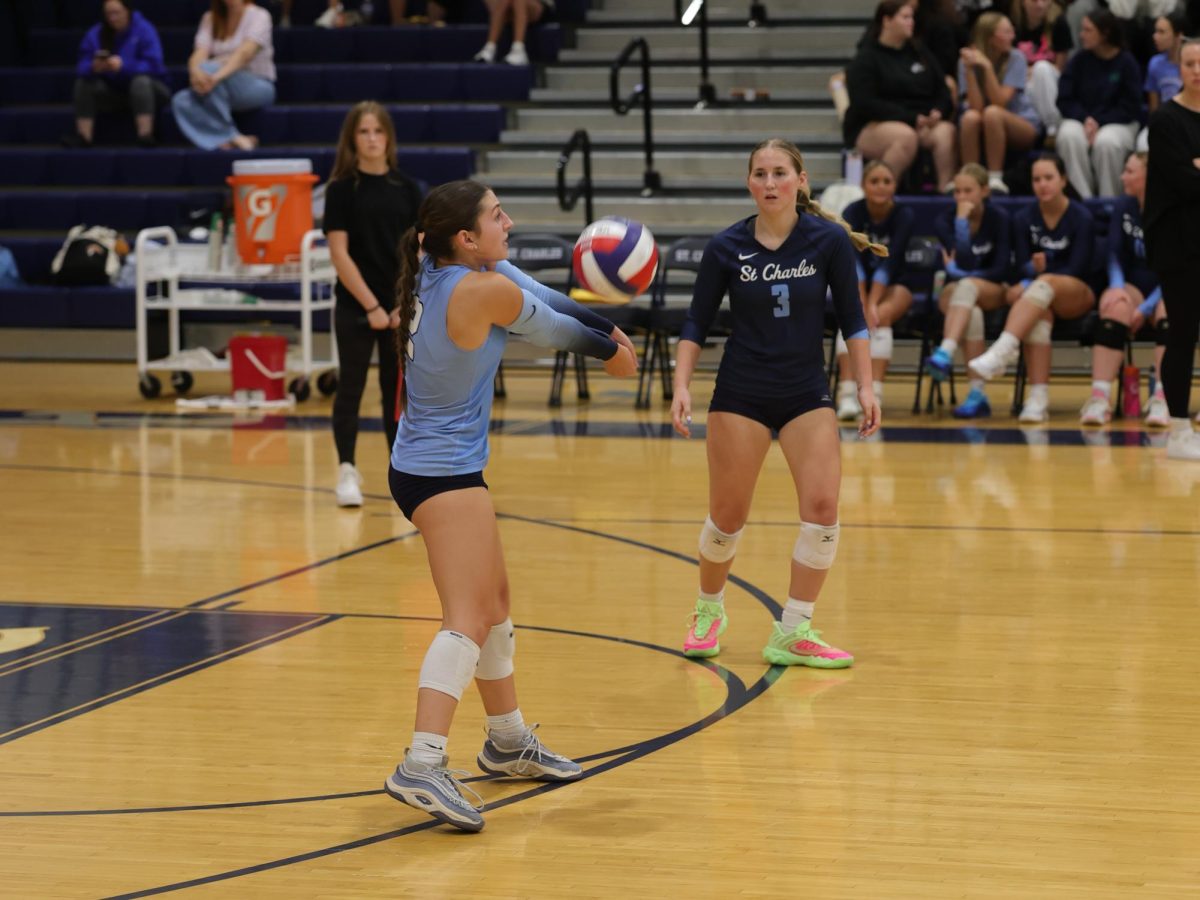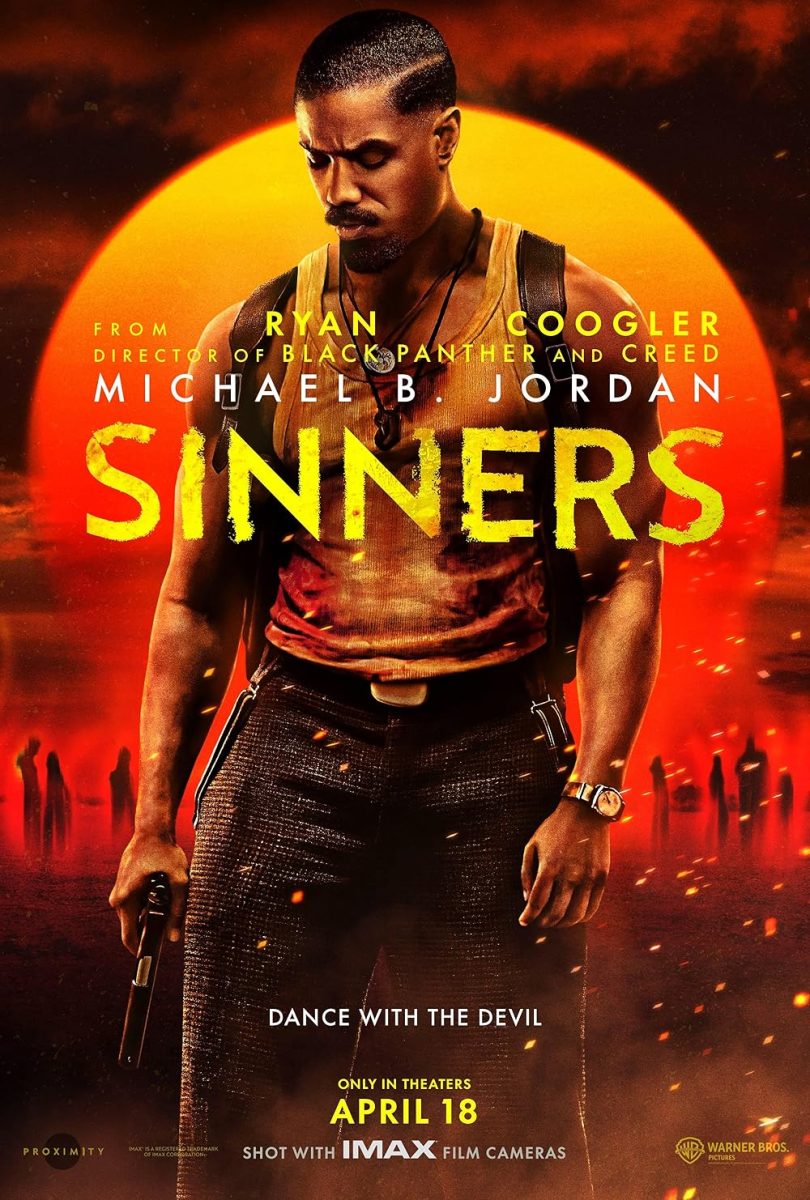Students and teachers at St. Charles High School are adjusting to a major digital shift after the school district officially blocked YouTube access across all school devices. The decision follows Google’s new policy restricting YouTube access for users under 18 without parental supervision, effectively rendering the platform unusable for many students.
The change has sparked mixed reactions among students, many of whom relied on YouTube for both educational and entertainment purposes.
Sophomore Luke Schneider, explained how the ban has affected his education directly.
“Yeah it’s affected me in my classes, specifically Design Machine Process. There were some YouTube tutorials to watch, but we couldn’t watch ‘em, because of the ban,” said Schneider.
Sophomore Brendan Birkenmeier described, even if he wasn’t on YouTube often, the ban has still affected him.
“I’ve just been a little bit more bored when it comes to classes, I mainly used it in my AIP and my free time,” Birkenmeier said.
However he further explained that it also worked in his favor when it came to education.
“But I don’t really care too much about it, because I think it’s better to focus on my work.”
Sophomore Braylen Ballard was frustrated with the situation, as to him, there was little logic in the ban.
“Well, first of all, when I’m bored in my classes, and I have all of my work done, what do you want me to do? Play Cool Math Games? Second, YouTube can be educational to you, because you can use it for literally anything,” Ballard said. “You can use it to help you in Geometry, History, and other classes, so Google banning YouTube means that: They lose more money, and the school has more kids probably doing things they shouldn’t be doing.”
Other students expressed frustration, noting that YouTube was a primary resource for study guides, historical documentaries, and science experiments.
Sophomore Jason King now struggles due to the YouTube ban, as YouTube videos were direct support for students like him.
“It’s really annoying, for AP World there were these videos that the teacher told us to watch, in our free time, to sum up all the units, and since they’re blocked, I can’t. So, now I have to do some other studies, but they were actually really useful. I used those videos everyday before tests,” King explained.
Educators at SCHS also weighed in on the impact of the change. While some acknowledge the reasoning behind Google’s policy, they find the sudden restriction disruptive to lesson planning.
Math teacher Rachel Madden explained how the ban affected her capabilities to teach students, as well as her opinions on it.
“It has not affected my students overall, just because I don’t assign YouTube videos that much. But I do have a student who is on ‘Launch’, who can’t watch the YouTube videos for their class… I think that it’s good, because they can be more focused on homework rather than watching YouTube videos and stuff like that,” Madden said.
When asked whether Mrs. Madden thought the ban was a benefit, she explained how it was a nuanced subject that wasn’t entirely good or bad.
“I know other classes need the YouTube videos for their learning, so I think that there are two sides to the ban.”
English teacher Kayla Gilmore considered the ban as generally negative for both teachers and students, and had extensive thoughts about the situation.
“I’m really frustrated about it actually, YouTube can be really useful depending on how students use it, and the fact that this resource is being taken away is actually really disappointing. Even if we’re not using it for educational material, without the use of cell phones, it was one of the only ways that students could listen to calming music. And so that being taken away is also detrimental to students and their education as well,” Gilmore said.
“Not only are we taking away valuable resources that students can use, but we’re also taking away another ability for them being able to focus on their work, it’s really frustrating.”
Madden’s points were also brought up to Gilmore, specifically the idea that the ban had its pros and cons, over the ability to make sure students are productive, and the inability to use YouTube videos as educational material. Mrs. Gilmore had this to say.
“I think with the use of GoGuardian, I can see when students are misusing the resources, in a way that they are not supposed to. I also think that in math, it can help explain things in a different way when sometimes a student just needs to hear it differently.”
The school’s head of technology, Josh Hagler, provided insight into the reasoning behind the block, emphasizing the need to comply with Google’s new age policies and protect student data.
“We were enforcing a new policy from Google over the restricting of access to YouTube by under 18 year olds; there were concerns over privacy, student protection, school protection, ETC. And we had to abide by their policy and enforce this ban throughout the School District,” Hagler explained.
When the topic of students’ frustration, and the lack of understanding from them (mainly the belief that the school decided to ban YouTube, rather than a policy change from Google) comes up, Hagler said this.
“I understand why students are upset; YouTube was educational material, entertainment, a relief from the school environment, and having it taken away can be detrimental to students and educators. However unless the school can find a way around the ban, or we find alternatives to YouTube, YouTube remains banned.”
Despite initial frustrations, both students and teachers are working to adjust, seeking alternative platforms and resources to fill the gap left by YouTube’s removal. While the transition poses challenges, the SCHS community remains focused on finding new ways to support learning in a digital landscape that continues to evolve.







